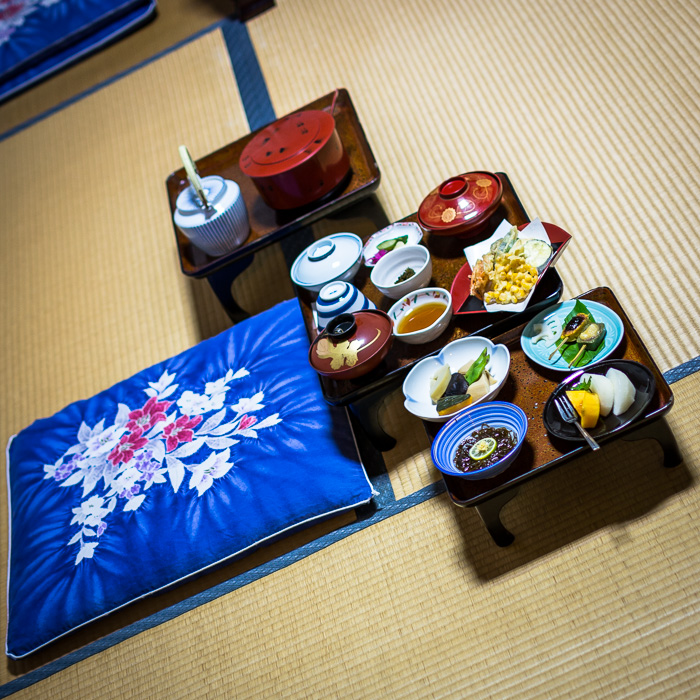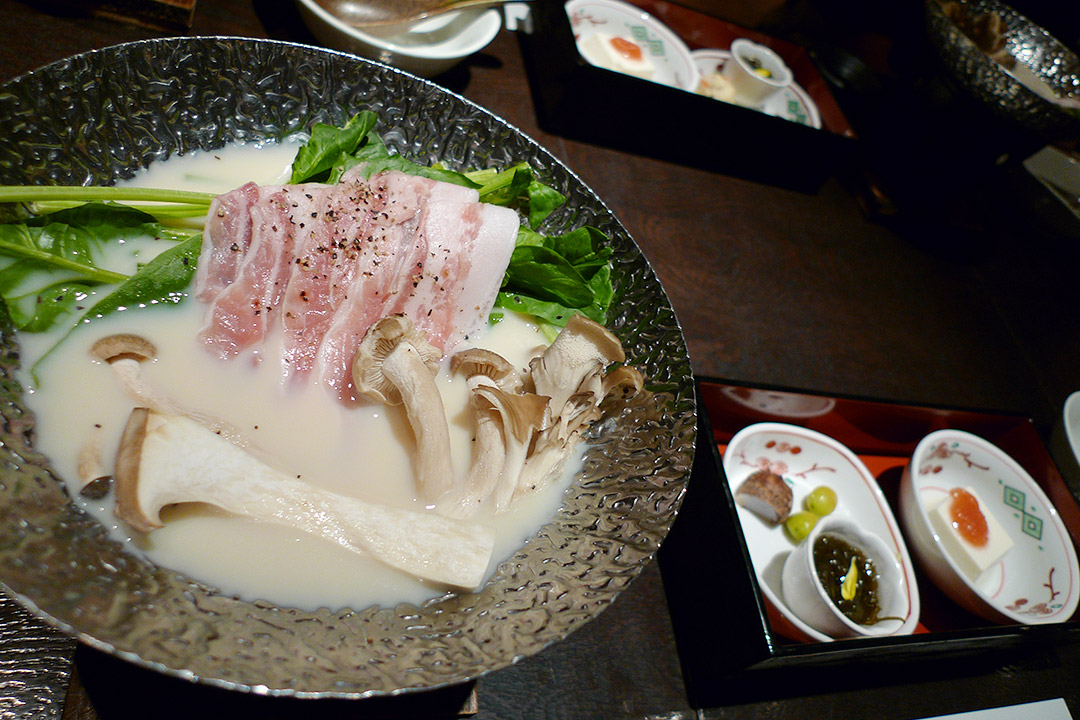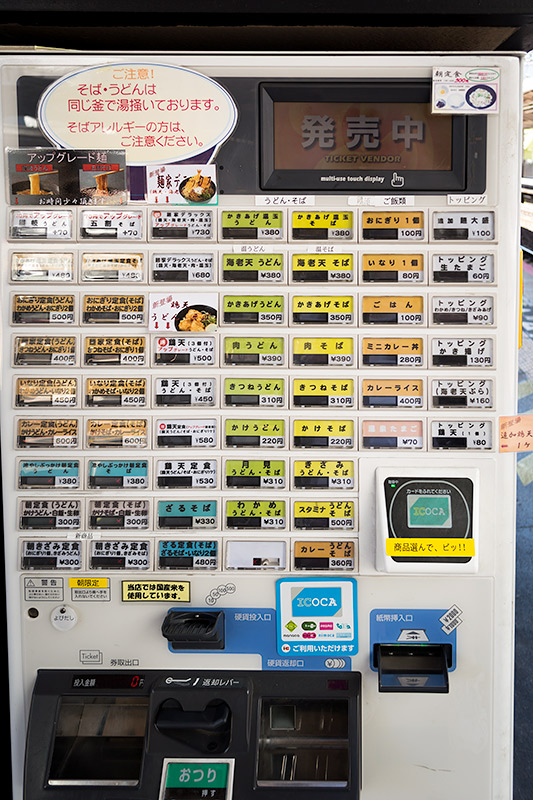Shōjin Ryōri: Eat Vegetarian, Like a Zen Buddhist
Share

Eat and live like a Japanese Zen Buddhist monk by staying at a temple in Japan. Shukubō 「Japanese temple lodgings, 宿坊」 are offered throughout the entire country.
Zen Buddhist monks are vegetarian, and when staying at a shukubō visitors are usually served the same cuisine enjoyed by the monks.
Zen Buddhist vegetarian cuisine
「shōjin ryōri, 精進料理」

NIKON D5200 (35mm, f/1.8, 1/25 sec, ISO100)
Shōjin ryōri 「vegetarian cuisine, 精進料理」 at Renge-in, Kōya-san
Shōjin ryōri「Zen Buddhist vegetarian cuisine, 精進料理」 is totally fish, meat and egg free. All meals feature rice and miso soup, plus any number of side dishes usually served in courses.
Served for dinner during my stay at Renge-in Temple「Renge-in, 蓮花院」 at Mount Kōya 「Kōya-san, 高野山」 two courses were served. Some of the delicious sides included: a vinegared dish with lily bulb, cucumber,
Japanese ginger and Daitokuji wheat gluten; tempura (deep fried) vegetables; mochi (rice cakes); and seasonal fruit. Dinner and breakfast are usually included with each night’s stay. The courses were served on small lacquerware tables on tatami mats.
Renge-in was a great temple to stay at, it’s right in the middle of the Koya township, with easy access to many of the sites - including the Danjo Garan (one of my favourite places in the area).
Eating in Japan as a vegan or vegetarian
Many of my vegan and vegetarian friends have said that they wouldn’t travel to Japan, simply because it would be too hard for them to eat. With shōjin ryōri food served at shukubō temple lodgings, fussy eaters can enjoy delicious animal free meals!
For more information, read Shojin Ryori - Culinary Fundamentals by Fujii Sotetsu, a Zen Buddhist priest.




